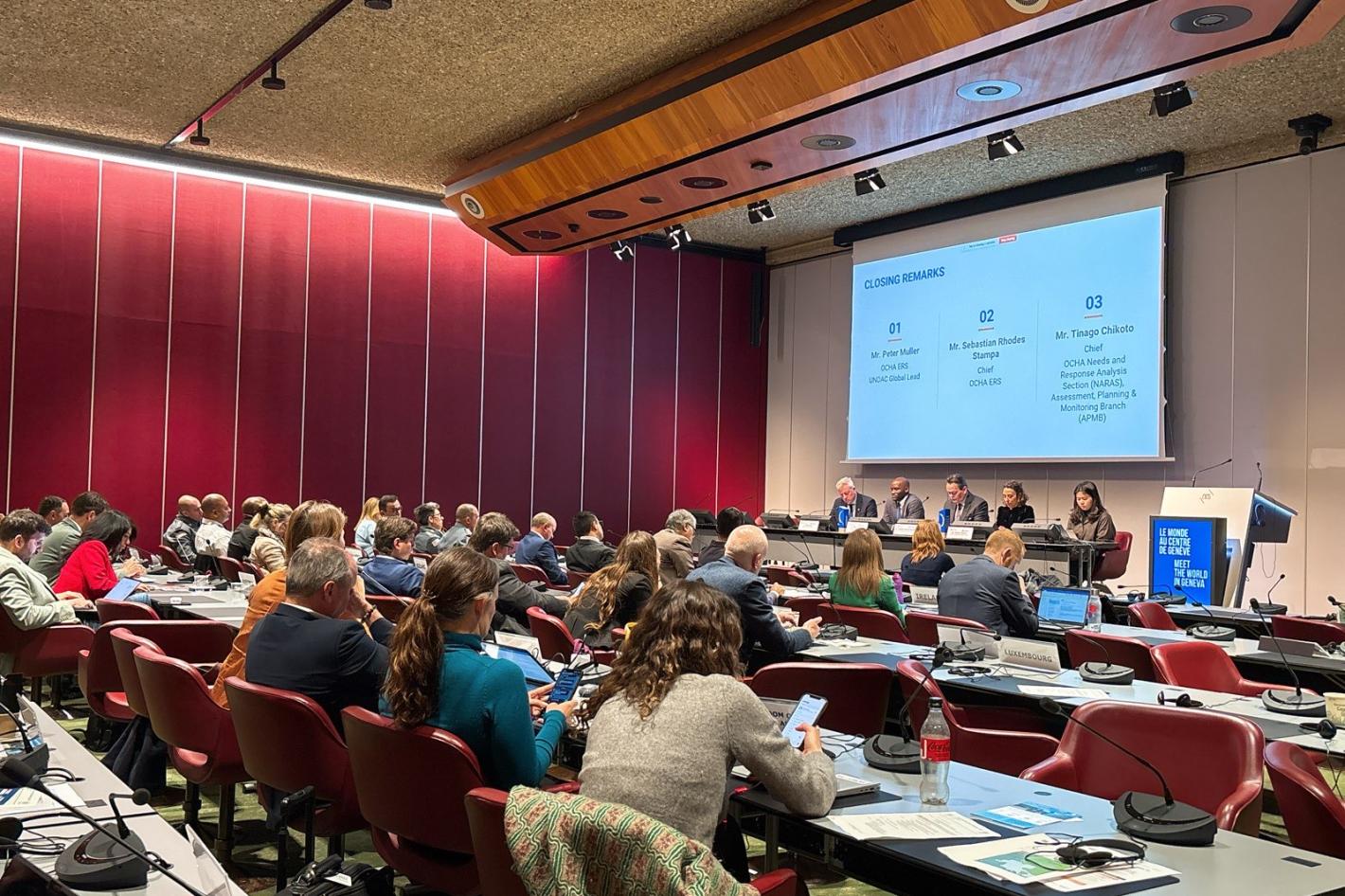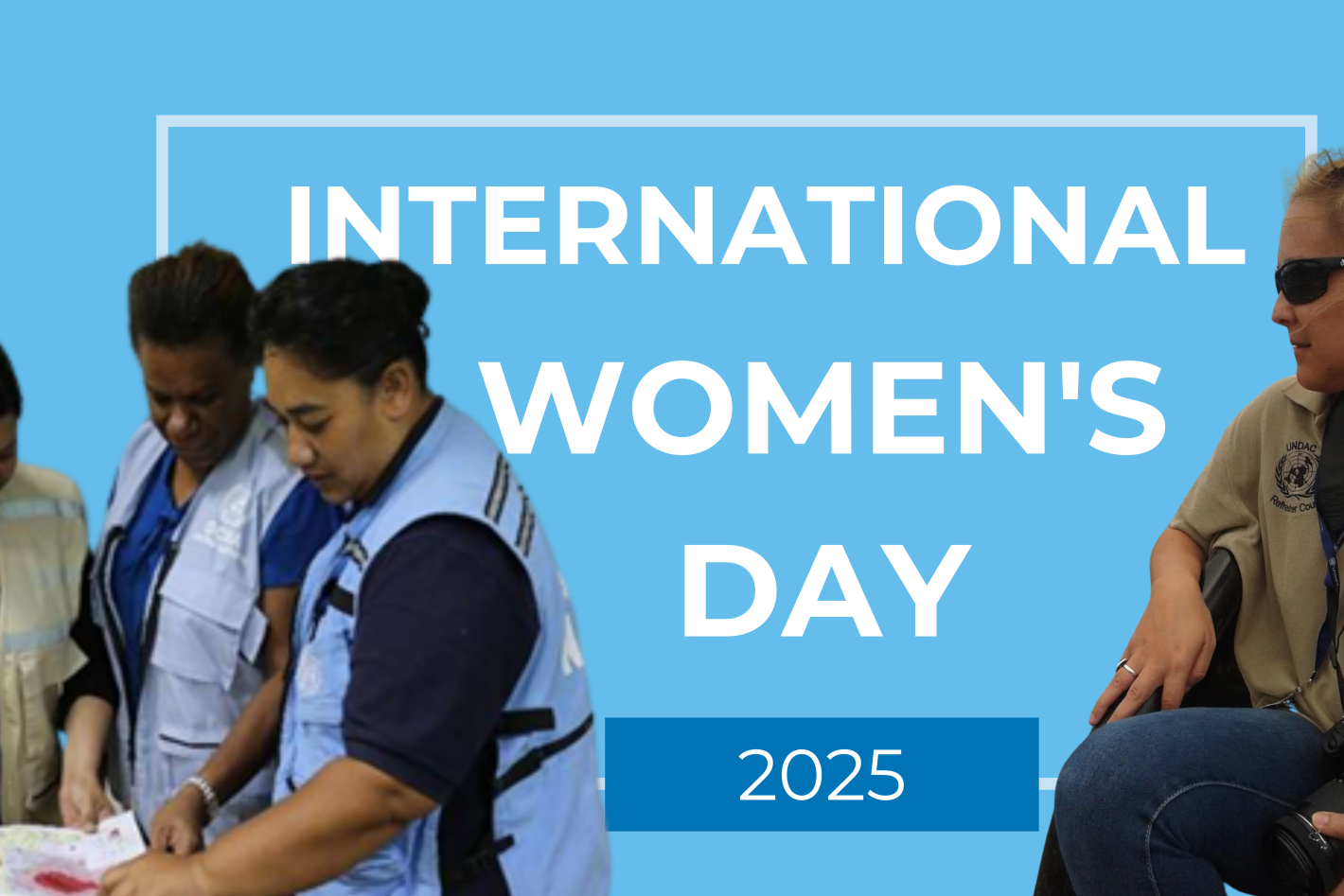On 29 August, the OCHA Emergency Response Section held an UNDAC Global Webinar on the topic of ‘Understanding and Collaborating with UNDAC Operational Partners’. The webinar was attended by participants coming from different organizations, partners and government agencies part of the UNDAC network.
UNDAC Operational partners are an essential part of the UNDAC system, enabling UNDAC teams to carry out their work effectively during a mission. Although they have a particular expertise in their respective support services, partners are part and parcel of a deployed UNDAC team. Fruitful collaboration with partners from the onset of deployment will enable a more effective emergency response. The webinar aimed to enhance UNDAC members’ understanding of the roles, responsibilities, and coordination mechanisms of operational partners during UNDAC deployments, to promote better collaboration in the field.
During the webinar, the OCHA Operational Partners Unit outlined the essentials of UNDAC operational partnerships, including what partners contribute to a mission, why the system needs them and how partnership mechanisms come to play during an UNDAC deployment. Representatives of three operational partners presented on the work they do in support of the UNDAC system:
Mr. Luis Felipe Patino Velasquez, Geospatial Volunteer, MapAction
Mr. Stig Rune Pedersen, Senior Advisor at the Norwegian Directorate for Civil Protection, International Humanitarian Partnership
Mr. Pierre Trouche, UNDAC Operations Manager, Atlas Logistique
They shared best practices from mission experiences that would enable an optimization of their capacities. Given that the initial interest for this webinar came from the Americas region and given the ongoing hurricane season, the partners focused on sharing mission experiences that are related to the disaster and region.
Participants were invited to share their thoughts on the way ahead for these partnerships via an interactive discussion. They expressed eagerness to integrate partners further in joint exercises and engage in exchange of best practices more regularly, including through new online learning opportunities. In adapting to the needs and challenges of the humanitarian sector today, participants thought partnerships could emphasize localization through increasing national/regional partnerships, partners could strengthen agility and scalability, optimize the use of data-driven technologies, and partnerships could consider new funding mechanisms.





